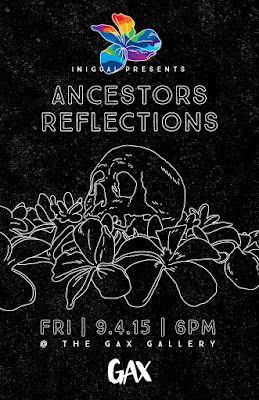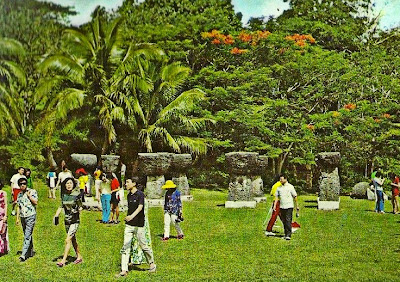Chamorro Buddhist Monk

For most Chamorros, there is only one religion which gets to be designated as a "Chamorro" religion. That is Catholicism. Even though it has only been a part of Chamorro lives for just a few hundred years, it became intimately connected to so many parts of Chamorro life during that time, that for some scholars and individuals you cannot be Chamorro today unless you are Catholic or participate in Catholic rites. For others the Chamorro religion deals with taotaomo'na or aniti, ancestral spirits, their reverence and worship. We see elements of this in the way that cautious respect for the jungle and other natural areas persisted in a quiet supernatural or spiritual form, even when the overt belief in the spirits of Chamorro ancestors became weakened and almost forgotten. Although positive perceptions and connections to our ancient ancestors are common today, few people accept this as their religion alone. Instead they mix elements that to some might be contradictory toget


